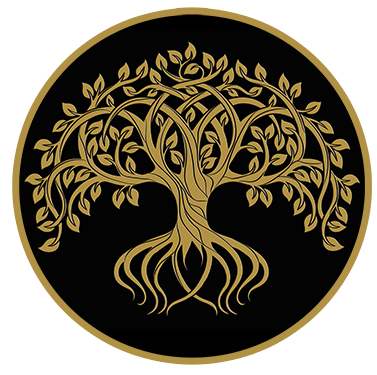Ayurveda and Fall part 1
[vc_row css_animation="" row_type="row" use_row_as_full_screen_section="no" type="full_width" angled_section="no" text_align="left" background_image_as_pattern="without_pattern" css=".vc_custom_1570977822078{margin-bottom: 100px !important;}" z_index=""][vc_column][vc_column_text] AYURVEDA and Fall On week 57 let's take a look at what the ancient system of…

